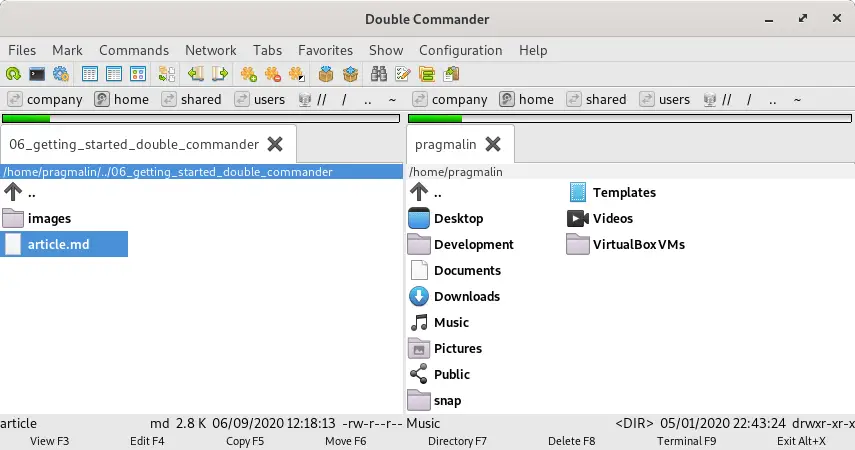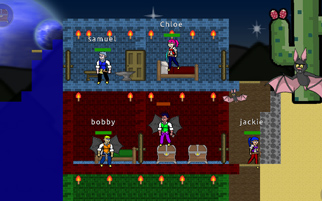

The attenuation is calculated with three "coefficients" which we can change to affect how the light falloff looks. There are a number of ways of calculating attenuation - for our purposes we will use "Constant-Linear-Quadratic" attenuation. the loss of intensity/brightness as we move further from the point light. Attenuation: This is the "distance falloff" of the light i.e.For example, an outdoor scene may have a higher ambient intensity than a dimly lit indoor scene. Ambient: The color and intensity when in shadow.This is the "meat" of our lighting equation. Diffuse: The light color multiplied by Lambertian reflection.Diffuse Color: This is the RGB of our texture, unlit.LightDir: This is the vector from the surface to the light position, which we will explain shortly.Normal: This is the normal XYZ that we decoded from out NormalMap texture.In truth, you don't need to understand why this works mathematically, but if you are interested you can read more about "N dot L" shading here and here. Intensity = Ambient + Diffuse * AttenuationįinalColor = DiffuseColor.rgb * Intensity.rgb In our game's fragment shader, we can "decode" the normals by doing the reverse of what we did earlier, expanding the color value to the range -1.0 to 1.0:ĭiffuse = LightColor * max(dot(N, L), 0.0)Īmbient = AmbientColor * AmbientIntensityĪttenuation = 1.0 / (ConstantAtt + (LinearAtt * Distance) + (QuadraticAtt * Distance * Distance)) Most normal maps will have a bluish tint because the Z axis (blue channel) is generally pointing toward us (i.e. Looking at, say, the green channel, we see that the brighter parts (values closer to 1.0) define areas where the normal would point upward, whereas darker areas (values closer to 0.0) define areas where the normal would point downward. To understand the normal map, it's clearer to look at each channel individually: Typically, we use a program to generate our normal map rather than painting them by hand. The resulting "normal map" looks ilke this: The x-axis (left/right) is stored in the red channel, the y-axis (up/down) stored in the green channel, and the z-axis (forward/backward) is stored in the blue channel. Here is some pseudo-code:įor example, a normal of (-1, 0, 1) would be encoded as RGB (0, 0.5, 1). We can store the normal vector (x, y, z) in a RGB texture by converting the normal to the range 0.0 to 1.0. Our surface normals are unit vectors typically in the range -1.0 to 1.0. The normals of the high poly mesh or "sculpt" are encoded into a texture (AKA normal map), which we sample from in our fragment shader while rendering the low poly mesh. This gives us a much greater sense of depth, realism and smoothness: a low-res mesh), but use the normals of our high-res mesh when calculating the lighting. "Normal Mapping" is a game programming trick that allows us to render the same number of polygons (i.e. Here is another example, this time a simplified 2D side view: Below we see a mesh with the normal for each vertex.Įach vector points outward, following the curvature of the mesh.

In simpler terms, it's a vector that is perpendicular to the mesh at a given vertex. A surface normal is a vector perpendicular to the tangent plane. To calculate lighting, we need to use the "normal" vectors of a mesh. Mathematics of Vectors Applied to Graphics.If you're new to vectors and want to learn a bit more about them, check out some of these links: In mathematics, vectors mean quite a bit more, and are used to denote length (i.e. ContentsĪs we've discussed in past lessons, a GLSL "vector" is a float container that typically holds values such as position (x, y, z). You can also see the effect in action here, which includes an executable demo. The effect is the same shown in this popular YouTube video and this Love2D demo. Here is an example of normal mapping in a Java4K demo, i.e. Once you understand the concept of illumination, it should be fairly straight-forward to apply it to any setting. On the left is the texture, and on the right is the illumination applied in real-time. This article will focus on 3D lighting and normal mapping techniques and how we can apply them to 2D games. The concepts should be universal enough that they could be applied to Love2D, GLSL Sandbox, iOS, or any other platforms that support GLSL.

Java lwjgl parabola series#
This series relies on the minimal lwjgl-basics API for shader and rendering utilities. Start » Shaders » Lesson 6: Normal Mapping


 0 kommentar(er)
0 kommentar(er)
